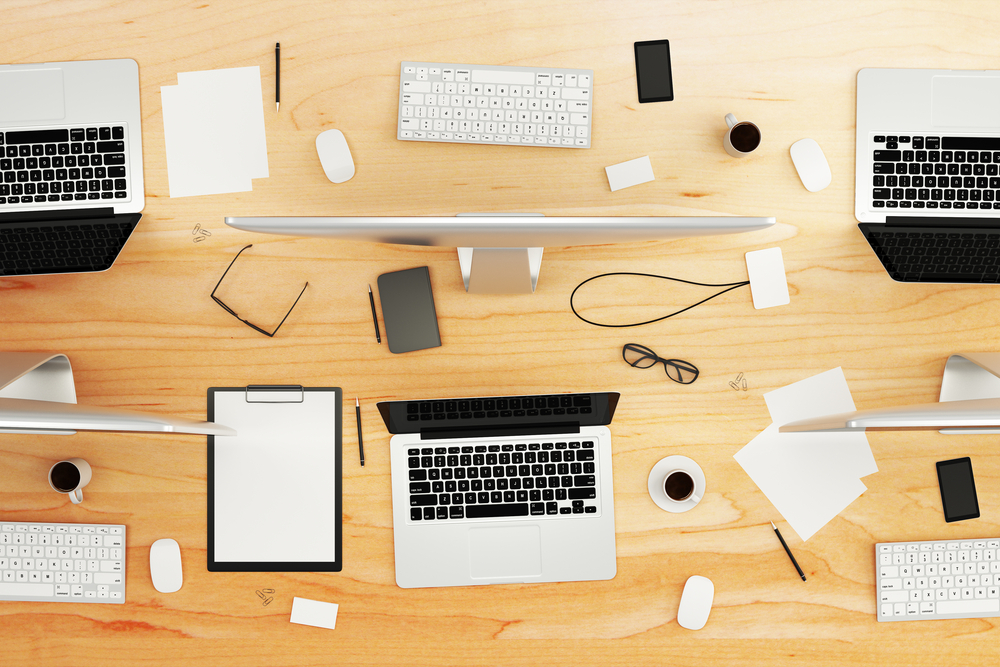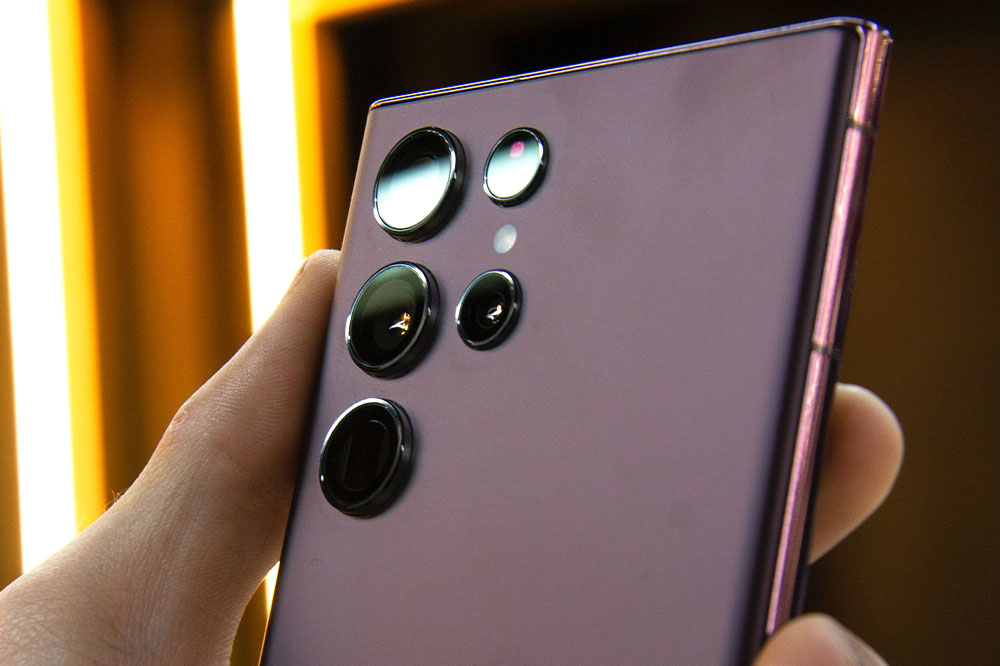Comprehensive Guide to Essential Computer Peripherals and Accessories in the Modern Digital Era
This comprehensive article explores essential computer peripherals and accessories that enhance your digital experience. It explains their differences, highlights popular items like printers, headphones, and speakers, and provides tips on choosing the right devices for daily use. Perfect for tech enthusiasts and everyday users, it emphasizes the importance of upgrading accessories for better functionality, comfort, and productivity in modern computing environments.

Critical Computer Peripherals and Accessories for Enhancing Your Tech Experience
In today’s fast-paced digital landscape, computers have become an indispensable part of everyday life. Whether for work, gaming, entertainment, or staying connected with loved ones, the variety of devices—including desktops, laptops, tablets, and smartphones—are central to our routines. As technology evolves, so does the need for a wide array of accessories and peripherals that augment device functionality, improve user comfort, and optimize overall productivity. This comprehensive guide delves into the world of computer peripherals and accessories, explaining their roles, differences, and the most popular items that have become essential in modern life.
Understanding the distinction between accessories and peripherals helps consumers make informed choices when upgrading or expanding their digital setups. From simple aesthetic enhancements to performance-boosting external devices, these components play a crucial role in personal and professional computing experiences.
In essence, these items have transitioned from optional extras to fundamental elements that significantly improve usability and efficiency.
What Is a Computer Accessory?
A computer accessory is any hardware or device added to a computer system that provides a specific benefit or enhances functionality. Such accessories are not necessary for the basic operation of a computer but contribute to improved performance, comfort, or aesthetics. Common accessories include items like ergonomic mouse pads, decorative covers, or specialized keyboards designed for gaming or typing comfort. They are primarily designed to customize a device according to personal preferences or specific use case requirements.
Accessories often focus on improving the user experience through comfort, style, or minor functional upgrades. For example, a stylish laptop bag not only protects the device but also adds personal flair, while a keyboard cover can keep keyboards clean and maintain their appearance.
Understanding Computer Peripherals
Peripherals are external devices connected to a computer to extend its capabilities. They are designed to perform specific functions that complement the primary device. Unlike accessories, peripherals are usually more functional and performance-oriented. Examples include printers, external hard drives, webcams, and musical keyboards. They connect externally via USB, HDMI, Bluetooth, or other interfaces, and their primary aim is to enhance productivity and user experience.
While a computer can operate without peripherals, incorporating them allows for diversification of functions—such as printing documents, recording audio, or broadcasting live streams—thereby expanding what a computer can accomplish.
Key Differences Between Peripherals and Accessories
To clarify the distinction, consider how we equip a smartphone. A protective phone case or case cover is an accessory—mainly aesthetic or protective but not directly impacting core functions. Conversely, connecting wireless earbuds or headphones is a peripheral addition that enhances the device's capabilities, particularly in audio performance.
Similarly, when applied to computers, accessories tend to be style-oriented or minor upgrades, while peripherals serve to significantly increase capabilities. For basics, essential components include a monitor, keyboard, mouse, and CPU. The primary purpose of both accessories and peripherals in the modern computing environment is to improve overall usability, comfort, and the scope of tasks that can be performed seamlessly.
Popular Computer Accessories and Peripherals Used Daily
Below is an overview of some of the most commonly used accessories and peripherals that have become staples in homes, offices, and gaming setups:
Printers: Printers have long been a cornerstone of office work and home projects. Today, the evolution of printing technology has introduced 3D printers capable of creating three-dimensional objects, which are popular in industries like manufacturing, prototyping, and education. For standard printing needs, widely trusted brands like Canon, HP, and Epson offer reliable models suitable for various requirements—from single-page prints to high-volume document processing.
Headphones and Earphones: Audio devices come in a diverse range of styles including wireless Bluetooth headphones, in-ear monitors, over-ear headphones, and noise-canceling variants. High-quality brands such as Sennheiser, Bose, Sony, and Philips are known for their durability and superior sound quality, serving audiophiles, gamers, virtual meeting participants, and professionals who rely on crisp audio for their tasks.
Speakers: External speakers have become commonplace in both entertainment and professional environments. Whether for listening to music, delivering presentations, or organizing conference calls, high-performance speakers like JBL, Bose, Mackie, and Electro-Voice provide excellent sound clarity and volume. They connect effortlessly via Bluetooth, USB, or auxiliary inputs, making them versatile tools for different scenarios.
As technology advances, choosing the right accessories involves selecting the latest versions to ensure compatibility and longevity. Up-to-date devices not only improve performance but also future-proof your setup against obsolescence, offering better connectivity, enhanced features, and improved user experience.
In summary, integrating essential peripherals and accessories into your digital routine can significantly enhance productivity, comfort, and entertainment value. Staying informed about the latest developments and choosing quality products can lead to a more efficient and enjoyable technological lifestyle.





